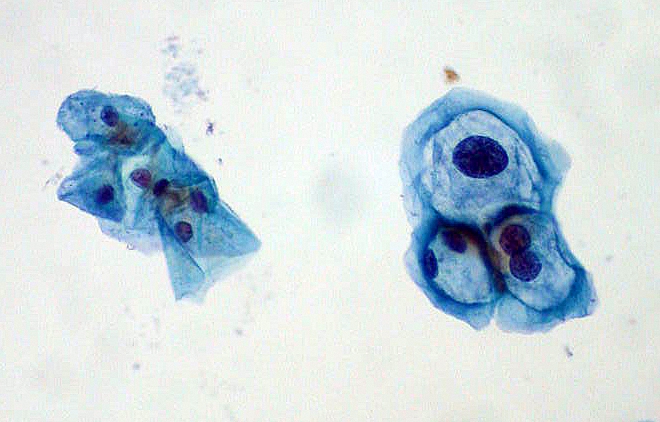Medicare Covers 99406, 99407
If you’ve been writing off tobacco cessation counseling as non-payable, it’s time to change your tune.
The change: In the past, you could collect for tobacco cessation counseling for a patient with a tobacco-related disease or with signs or symptoms of one. But on Aug. 25, CMS announced that “under new coverage, any smoker covered by Medicare will be able to receive tobacco cessation counseling from a qualified physician or other Medicare recognized practitioner who can work with them to help them stop using tobacco.”
“For too long, many tobacco users with Medicare coverage were denied access to evidencebased tobacco cessation counseling,” said Kathleen Sebelius, HHS secretary, in an Aug. 25 statement. “Most Medicare beneficiaries want to quit their tobacco use. Now, older adults and other Medicare beneficiaries can get the help they need to successfully overcome tobacco dependence.”
Count Attempts and Minutes
The new tobacco cessation counseling coverage expansion will apply to services under Medicare Part B and Part A. That means your physicians and coders should know how to correctly document and report the sessions.
“Medicare allows billing for two counseling attempts in a year, but each attempt can occur over multiple sessions, with four sessions per attempt,” explains Jennifer Swindle, CPC, CPC-E/M, CPC-FP, RHIT, CCP-P, director of coding and compliance for PivotHealth LLC in Brentwood, Tenn.
According to section 12 of chapter 32 of the Medicare Claims Processing Manual, “Claims for smoking and tobacco use cessation counseling services shall be submitted with an appropriate diagnosis code. Diagnosis codes should reflect: the condition the patient has that is adversely affected by tobacco use or the condition the patient is being treated for with a therapeutic agent whose metabolism or dosing is affected by tobacco use.”
Swindle says 305.1 (Tobacco use disorder) is one diagnosis supporting...

 When a patient returns to your office for a repeat Pap smear, you’ve got to weigh your options of E/M and specimen handling codes, as well as diagnosis codes. Take this challenge to see how you fare and prevent payment from slipping through your fingers.
When a patient returns to your office for a repeat Pap smear, you’ve got to weigh your options of E/M and specimen handling codes, as well as diagnosis codes. Take this challenge to see how you fare and prevent payment from slipping through your fingers.



